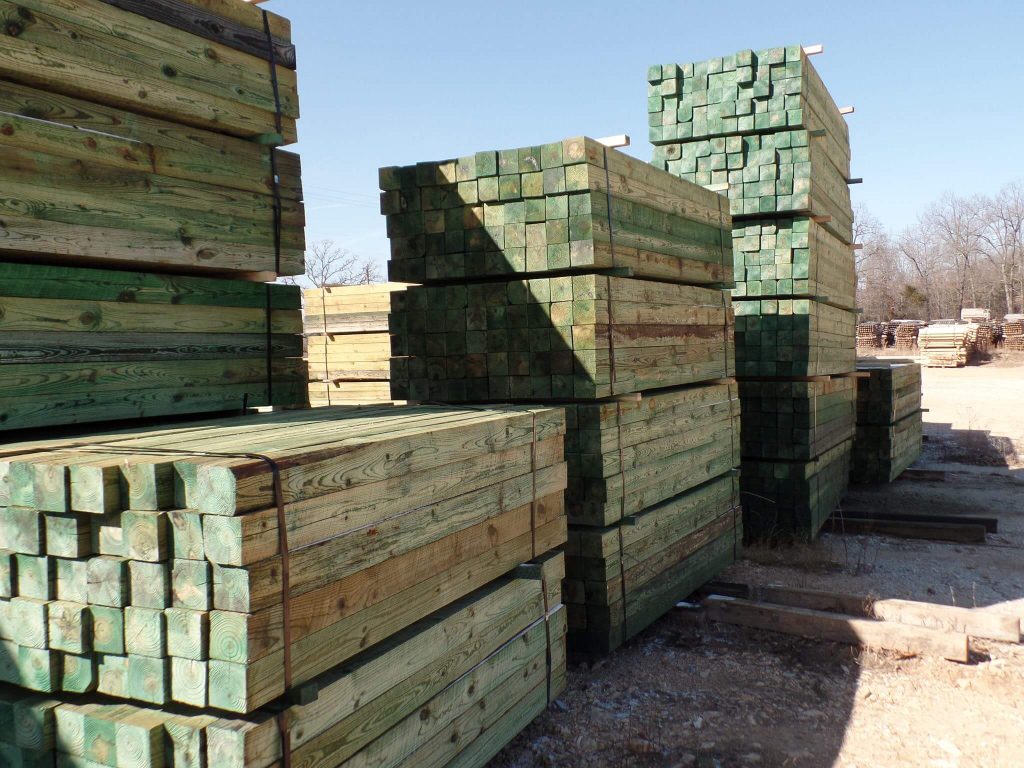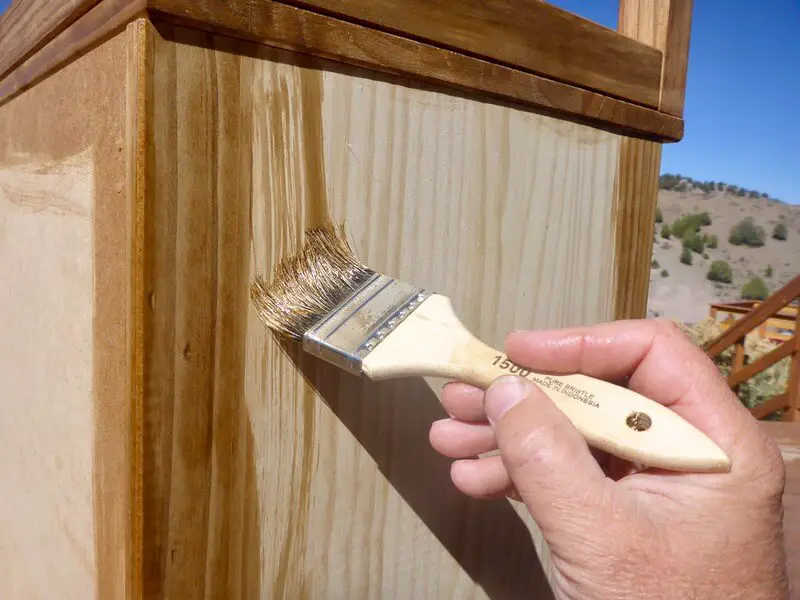There are three main reasons why treating wood is a fundamental tenet of woodworking practice. First, since wood is a hygroscopic material, it tends to release and absorb moisture over time. This causes dimensional changes, popularly known as wood movement, that stress the wood by weakening, warping, checking, or splitting the material.
Therefore,
- periodically applying a finish to the wood’s surface protects it from these changes, making it optimally stable for added durability.
- Secondly, treating wood has a decorative effect on the material, especially in terms of color, sheen, and texture.
- Lastly, treating wood sanitizes the material by killing off wood-boring insects and expelling accumulated grime from its pores.
So, Is Diesel A Good Wood Preservative?
As a treatment agent, diesel oil falls short of these functions. It is incapable of dispelling bugs, leaves the wood with an unalluring dark stain, and will have your lumber smell like a truck stop for weeks.

However, as detailed in our outdoor wood treatment guide, diesel is an excellent carrier medium since it is quickly absorbed into the wood and hardens the grains, making the material more weather-resistant and rugged.
More importantly, it is readily available and very affordable. Therefore, while diesel cannot be used alone to preserve wood, it can be used alongside other preservatives that complement its role as an effective carrier medium. It works exceptionally well with copper naphthenate (CuN). Another viable alternative is linseed oil.
How to Treat Wood with Diesel and Copper Naphthenate
CuN is an active ingredient utilized predominantly for non-pressure wood treatments. It is hailed for its efficacy in protecting wood against decay, bugs, and fungal rot.

It is also a less toxic wood preservation option than arsenicals, creosote, and pentachlorophenol.
However, this ingredient needs an oil-based solvent, particularly diesel fuel, to help it absorb properly into the wood.
Mixing & Application
To mix the two, pour 31/3 quarts of diesel fuel and 1 quart of CuN into a metallic can. This ratio attains the recommended CuN concentration of 2%.
Once mixed thoroughly, use a brush or sponge to apply the mixture onto the wood’s surface gently. Apply two coats, but you must wait for the first coat to dry before applying the second.
Noteworthy, this diesel and CuN solution should not get into contact with plants, drinking water, or food. It also has a strong odor even after drying.
How to Treat Wood with Diesel and Linseed Oil
Linseed oil is another good exterior wood preservative as it beautifies the material with its satin finish and safeguards it from water, sunlight, and rot. Similar to CuN, this preservative is best used with diesel to allow it to absorb well into the wood.
Nonetheless, make sure to buy polymerized or boiled linseed oil. This oil contains no additives and has undergone intense vacuum cooking to minimize drying time and maximize viscosity for efficient wood application.
Mixing and Application
Start by pouring your diesel and polymerized linseed oil into a metallic container at a ratio of 10:1. Stir the fluids thoroughly until they form a thorough solvent.

Although optional, you can add a similar amount of roofing tar as linseed oil into the mixture and repeat the mixing process until a solvent is formed. Roofing tar serves as a dye. It gives the mixture an eye-catching walnut color.
Use a soft sponge or brush to apply the mixture to the wood surface. Apply three coats at intervals of 16-24 hours to ensure each coat dries completely before applying the next. This mixture is odorless, but you should still avoid contact with plants, food, or drinking water.
Conclusion: Diesel to Treat Wood
While diesel alone is not a good wood preservation agent, it is an effective carrier medium for other preservatives. It is best used with CuN, but linseed oil is also a viable option.
It is important, however, to note that you cannot revert to water-based solvents once you use diesel on your wood. Water and oil do not mix. Any water solvent used later will not absorb into the wood.


Can I use the Diesel and Copper Naphthenate for underground contact?
Can use the Treat Wood with Diesel and Copper Naphthenate for underground contact? Have a lot of old boards to replace.
My Dad taught me to just use Diesel and old oil from a deep fryer…. mix 1 to 1 ratio..